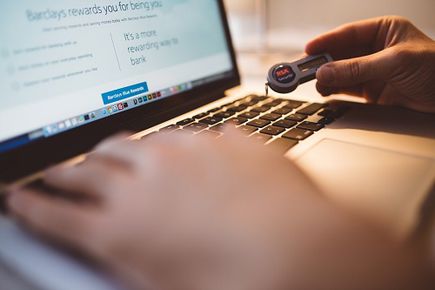
Meanwhile, when you want to visit your site, you see the pop-up shouting “This page contains secure and non-secure items. Do you want to display the non-secure items?” Check out how to fix SSL in case of this kind of warning.
What is “Secure and non-secure items” warning about?
“Secure and non-secure items” is mainly about the fact that there are some unsecured elements on your page. It may be, for example, an image, a JavaScript, or a frame. The problem appears when one or more elements of your secured page are loaded from a non-secure source.
If you wonder how to fix SSL in case of such a warning, put your panic on hold as it is not a big challenge. First, make sure that you identified the problem right. Each browser will show you a bit different communicate:
Internet Explorer: This page contains both secure and nonsecure items. Do you want to display the nonsecure items?
Google Chrome: This page contains other resources which are not secure. These resources can be viewed by others while in transit, and can be modified by an attacker to change the look of the page.
Mozilla Firefox: Instead of a notification, there will be a red line going through the padlock icon in the address bar.
How to fix SSL “Secure and non-secure items” problem?
Wondering about how to fix SSL, try below methods:
Go to .htaccess file and change all http:// references on your page (images, frames, JavaScript, etc.) for https:// ones so that the objects are loaded on your page through the secure protocol.
This solution doesn’t work for content downloaded from pages that are not protected with SSL certificate. It means that the warning will not disappear. So, how to fix SSL in this case? Remove the reference to not protected element entirely or change the location of the chosen asset for your server and load the asset from your page.
Alternatively, you can change all http:// references on your page for // instead of https://.
Thanks to this method, the browser will know it must load the content securely (but on condition that the page is also secured). If the website is not protected, the content will be loaded normally.
Use this tool to speed up your work
If you want to hasten your work, use Why No Padlock? tool. It can help you identify problematic assets in your code. Perhaps, by the way, the bug report will indicate other problems related to your SSL certificate, which you did not know about?






